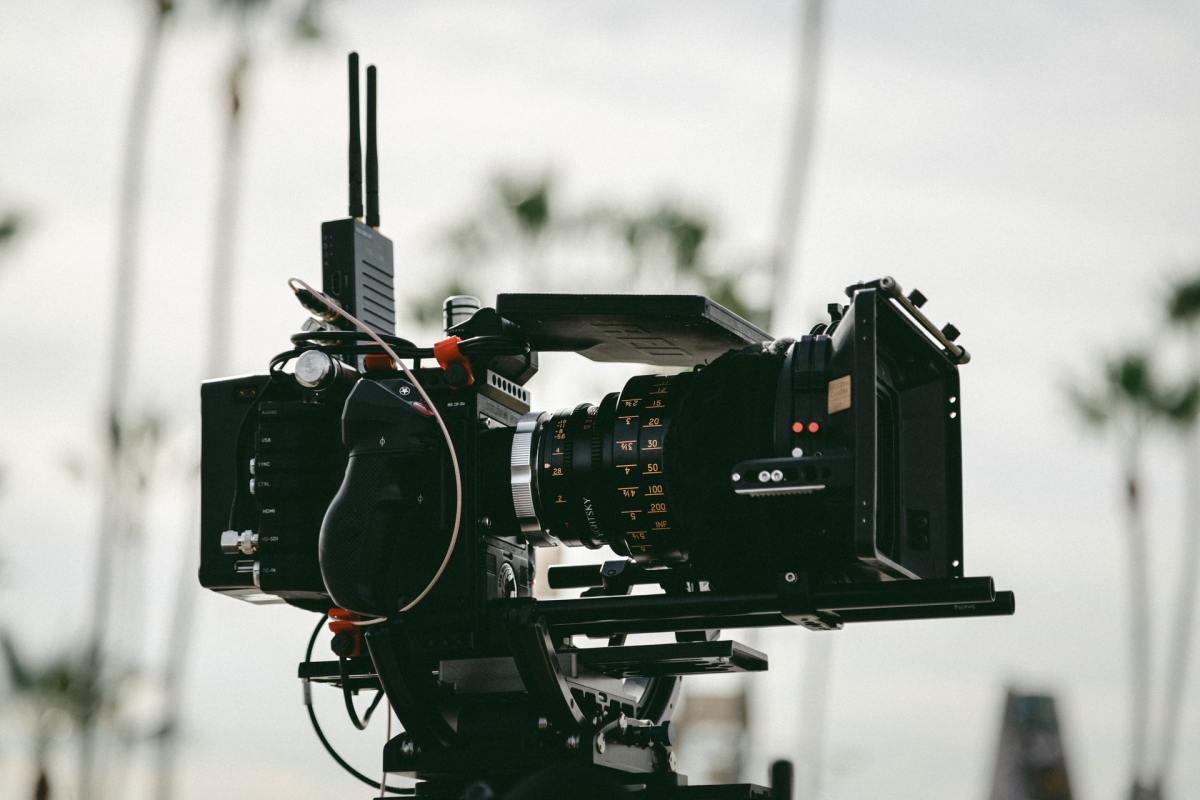The branches of the Academy of Motion Picture Arts and Sciences play a big role in determining which films receive Academy Awards each year. An Oscar can reward a specific element of a film and give that film a claim to fame for years, if not decades. But over the course of the last few years, there’s been an increased level of scrutiny over the Academy’s composition.
Think back to the controversy raised by the #OscarsSoWhite hashtag, for instance — which pointed to larger structural issues within the industry.
While the Academy has taken steps to make its voting body more diverse, it’s a long way from being perfect. And a new article in The Hollywood Reporter explored which branch is the least diverse when it comes to both race and gender. Turns out that distinction goes to visual effects.
The article notes that when Sara Bennett was among the winners for Best Visual Effects for Ex Machina, she was only the second woman to receive said award. The article goes on to describe visual effects as “the most male-dominated and the whitest of the Academy’s 17 voting branches.”
The Hollywood Reporter cites a few reasons for this — including the fact that there hasn’t been much of an effort to encourage women to apply for visual effects jobs and that the Academy’s visual effects branch does not admit visual effects producers, where many women working in the effects field have positions. It’s a challenging issue when it comes to representation — but it seems as though there are numerous ways this could be made more equitable.
Thanks for reading InsideHook. Sign up for our daily newsletter and be in the know.


















